
Click the above Computer Enthusiasts to follow us
CPU and GPU are names that DIYers are particularly familiar with. Besides them, there are actually many types of PU (Processing Units) supporting our lives. Sometimes their names suddenly pop up, leaving people confused. For instance, AMD recently acquired a DPU manufacturer, and recent smartphones keep mentioning NPU. What are these things? Today, let’s briefly discuss them; as for whether it will make things clearer or more confusing… I can’t guarantee that.

APU: Accelerated Processing Unit, is a product of AMD’s fusion concept. It was the first to integrate a processor and a dedicated graphics core into one chip, providing the performance of both a high-performance processor and the latest discrete graphics card. The stream processors in the graphics part can also accelerate applications that support heterogeneous computing, which is the origin of its name. It is now commonly referred to as “AMD Ryzen/Athlon processors with Radeon graphics.”

BPU: Branch Processing Unit, is the area in the CPU used for branch processing. The automatic driving chip launched by Horizon Robotics is also named BPU (Brain Processing Unit), which is an AI chip that simulates the brain’s processing. Additionally, some anticipate that a new type of processor in the future—Biological Processing Unit—may also use this abbreviation.
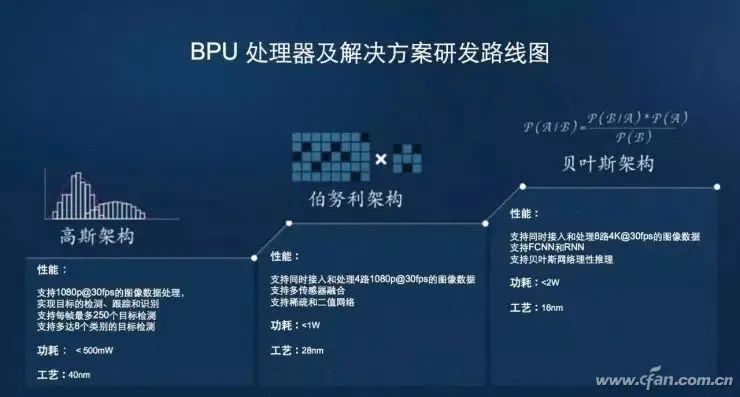
DPU: The DPU manufacturer acquired by AMD is called Pensando, and its main product is the Data Processing Unit, primarily used in major data centers to support storage, security, and quality of service management. This is not just a name coined by a manufacturer but a very hot field currently, reportedly the third most important processor after CPU and GPU. There are also deep-learning processors (Deep-Learning Processing Unit) in the field of artificial intelligence.
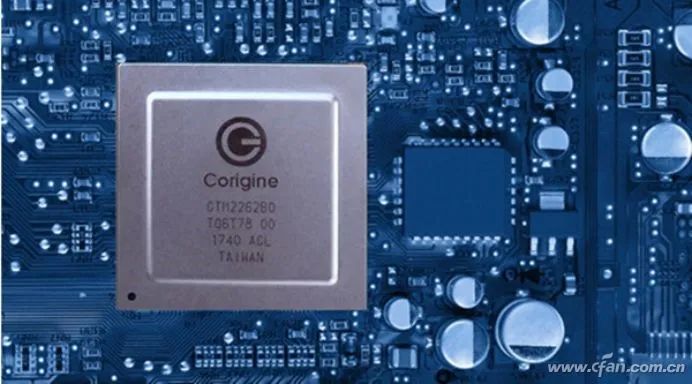
EPU: More commonly refers to the IC control chip developed by ASUS on the X38 motherboard, which can be called the Energy Processing Unit. After pairing it with the AI Gear 3 software, it can achieve very flexible power management; for example, when the processor is in a low-load state, it can reduce the originally eight-phase power supply to four phases, reportedly saving up to 50% power.
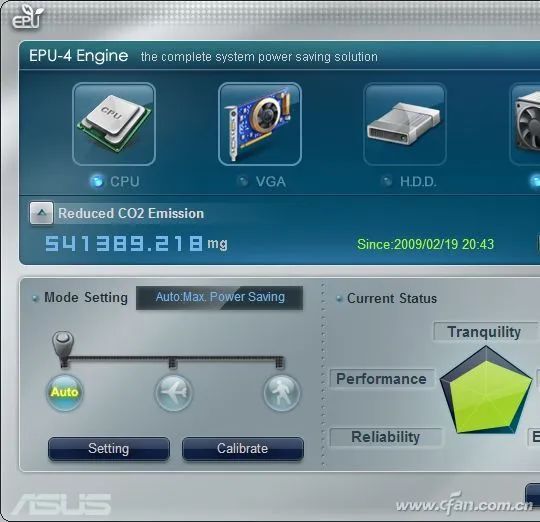
FPU: Floating Point Unit, generally integrated within the CPU, has even completely merged into various chip architectures; this term can only be seen in isolated floating-point tests. In early computers, it was actually parallel to the CPU, also known as a floating-point coprocessor or simply coprocessor; for example, the 386 often paired with the 387 FPU.
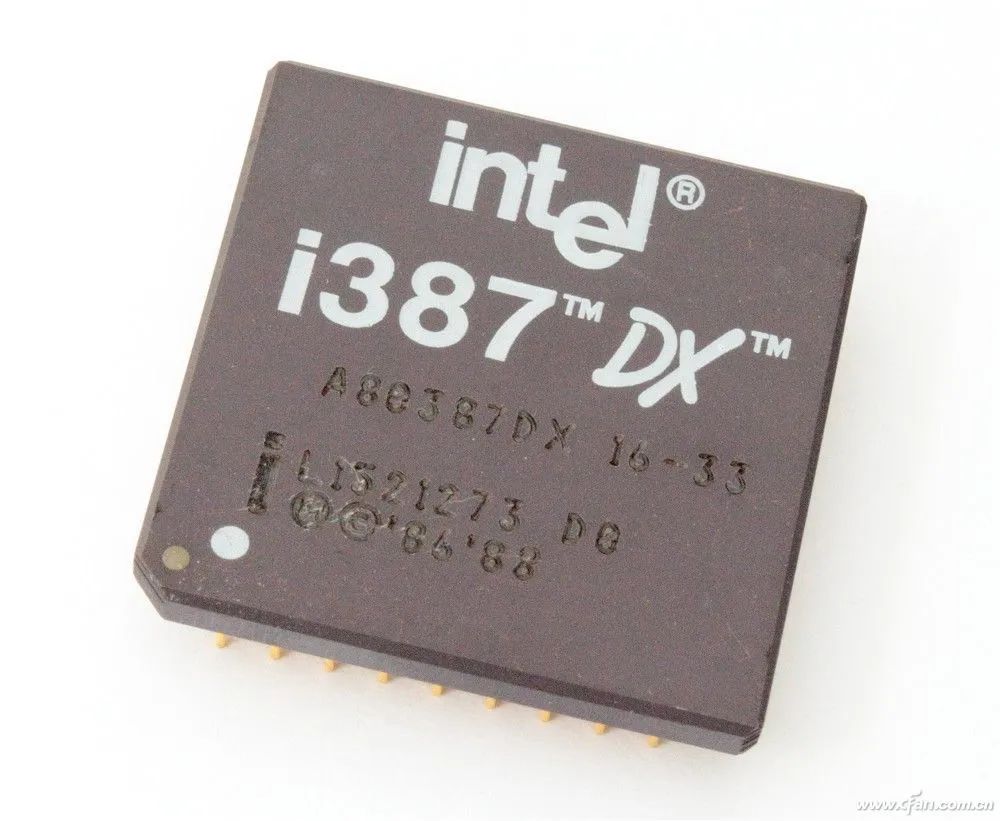
HPU: There are very few products that use this name, the most famous probably being the Holographic Processing Unit, developed by Microsoft specifically for its Hololens application. It not only processes images but also has deep learning capabilities to better integrate virtual images with real scenes, driving mixed reality technology (MR).
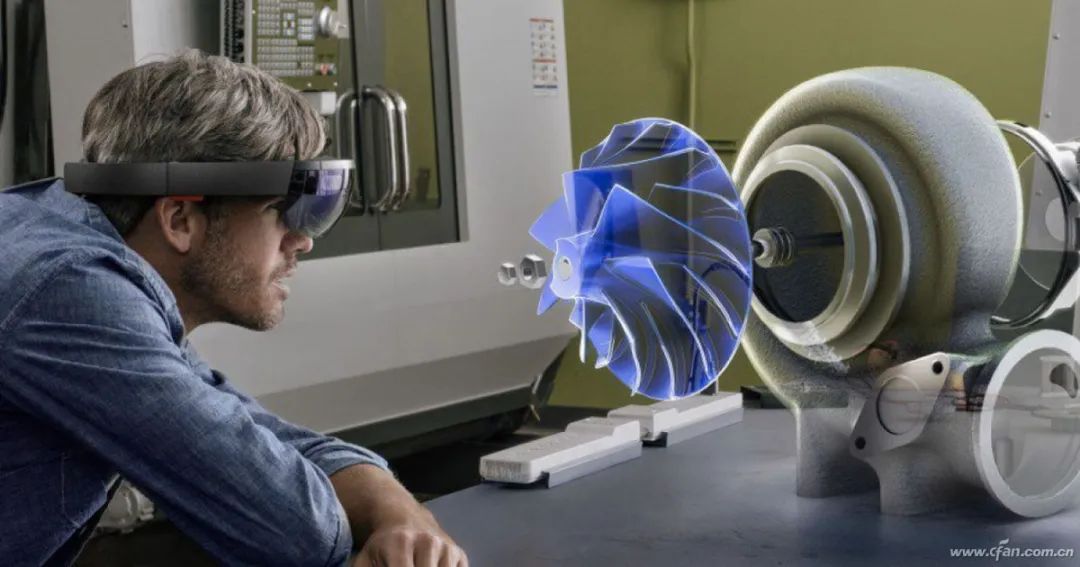
IPU: After the familiar GPU, we have the seemingly inconspicuous but actually very significant IPU. In processors used for video, display devices, or smartphones, there is a dedicated part for image processing called the Image Processing Unit (IPU), which is primarily responsible for processing images captured by the camera in smartphones, and in display devices, it processes images transmitted to the screen.

Additionally, IPU also often refers to the Intelligence Processing Unit, primarily used for artificial intelligence. Intel also has the Infrastructure Processing Unit, mainly for virtual switching, security, and storage infrastructure services, freeing up resources related to devices or parts of devices, liberating CPU resources, and improving overall performance.
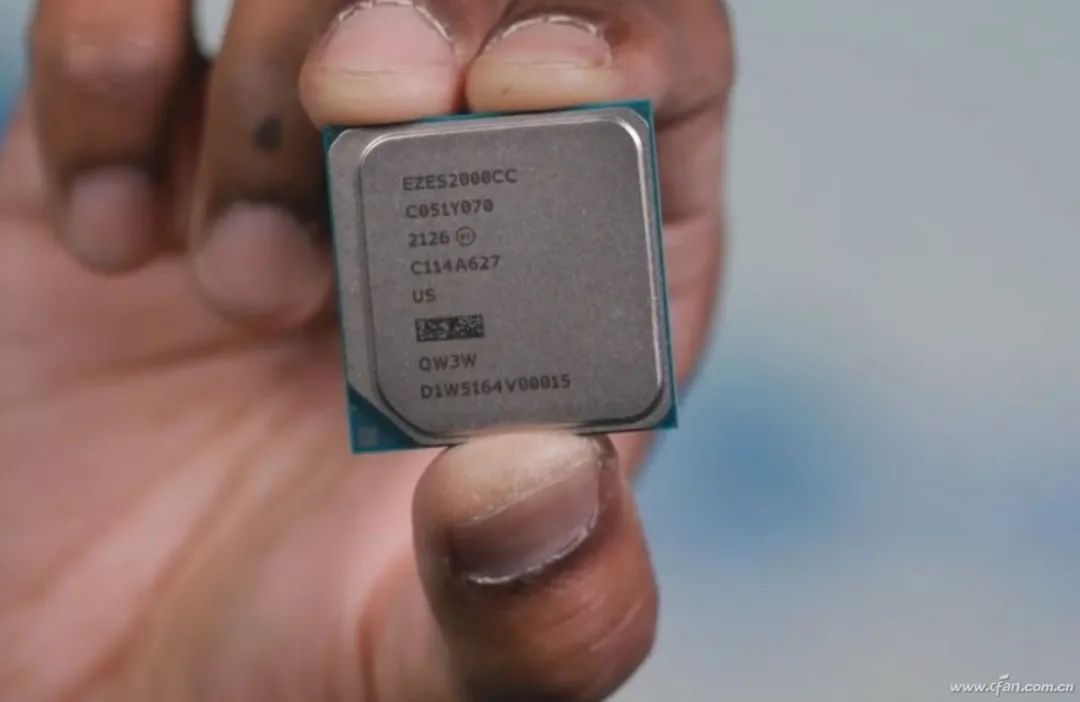
LPU: JPU and KPU are relatively rare; the LPU (Laser Processing Unit) laser processing engine appeared on Hisense’s recent laser TV, which can comprehensively control ultra-narrow laser spectra, achieving improved HD quality at lower energy consumption.
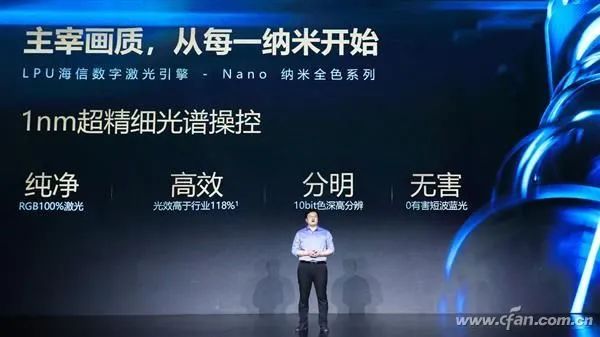
MPU: Many chips based on large-scale integrated circuits, and even some early medium-scale integrated circuit chips can be called Micro Processing Units; this definition is quite broad and is rarely used by ordinary users, but it can still be seen in some professional articles.
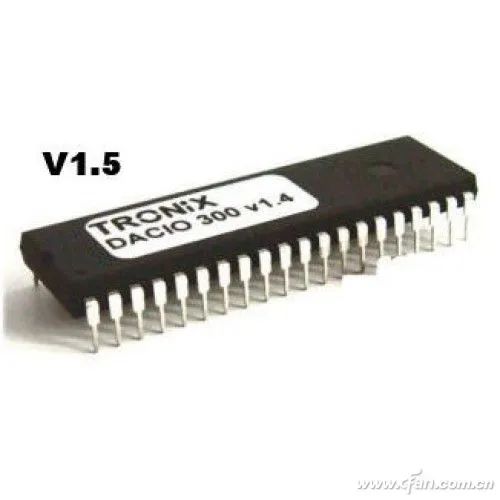
NPU: Neural-Network Processing Unit, as the name suggests, is another type of AI processor; most ordinary users probably saw this name in Huawei’s smartphone chips. In fact, it is a large category with many related products from various companies, such as Alibaba’s PingTouGe.
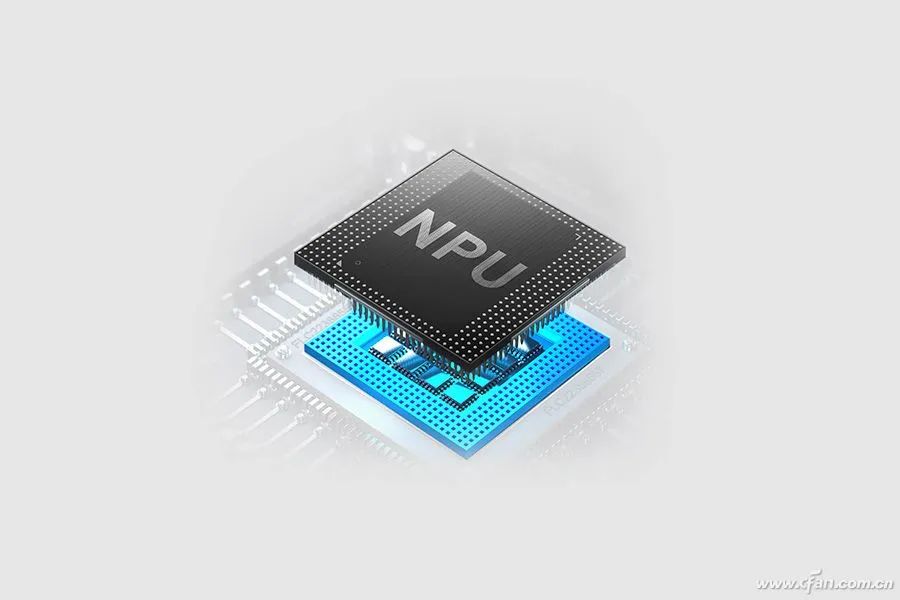
PPU: Physics Processing Unit is an auxiliary product for 3D graphics processing, responsible for handling collisions, deformations, and other aspects. With the enhancement of GPU capabilities, it quickly exited the consumer market. Information on physics computation capabilities can still be seen in 3D performance tests like 3DMark.
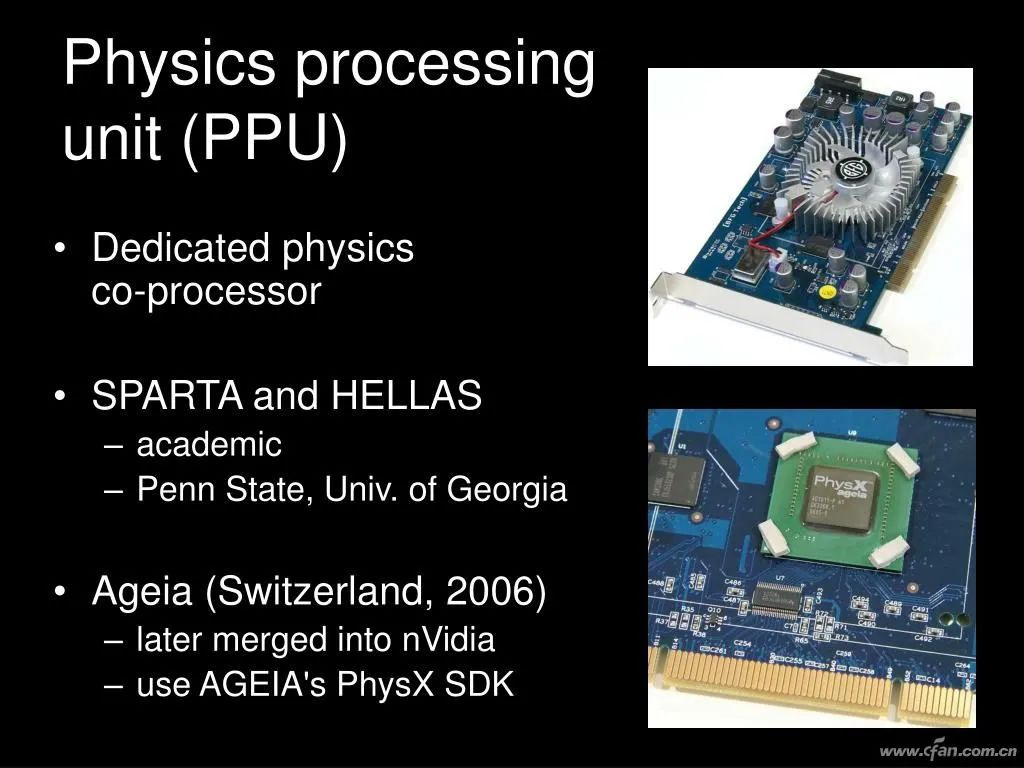
QPU: Quantum Processing Unit is a type of processor under development for the future. It utilizes quantum superposition to quickly traverse various possibilities of a problem and find the correct answer; its computing power grows exponentially with the number of bits n, which is what we often hear as xx-bit quantum computing. It is also the most bizarre-looking processor we see today; indeed, the large device in the image below is a QPU, and many QPU devices are even larger.
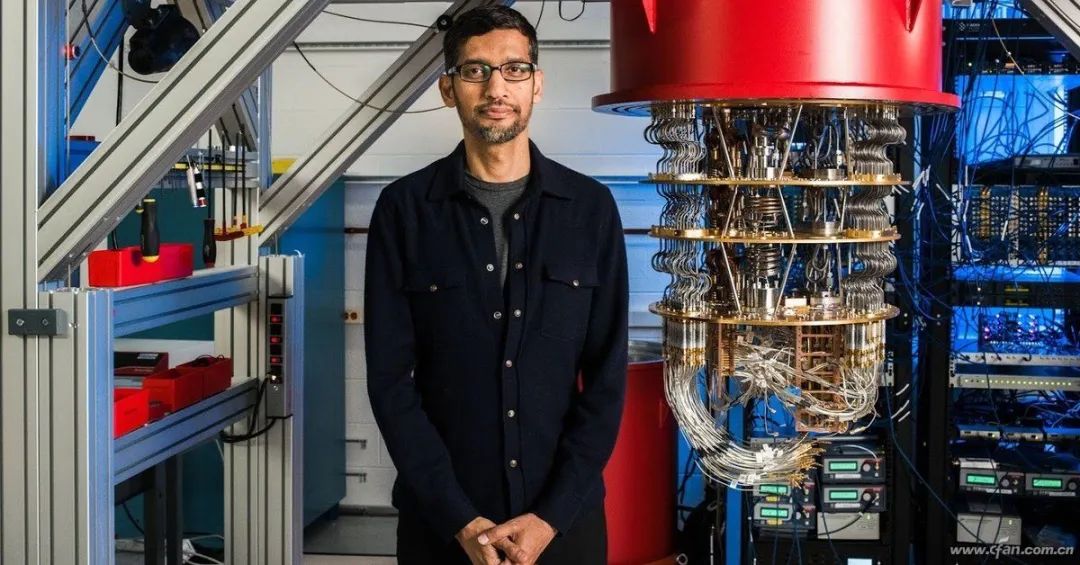
SPU: RPU is another abbreviation that is hardly used; generally referred to as Secure Processing Unit (SPU), which in today’s Qualcomm Snapdragon SoCs transfers all encryption, authentication calculations, and key storage tasks to the built-in SPU. We can even understand SPU as a complete software and hardware ecosystem, including an independent CPU, memory, storage space, and OS, capable of running independently of the SoC, maximizing security and freeing up CPU computing power.
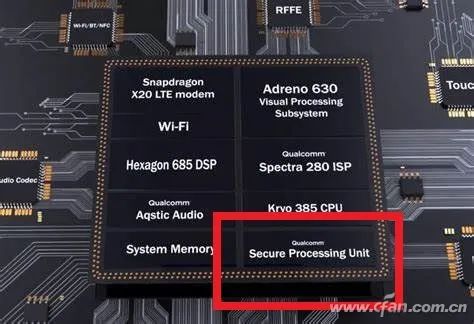
TPU: Tensor Processing Unit is another type of AI processing unit. In NVIDIA’s RTX series GPUs, the DLSS based on AI training uses its built-in TPU. Additionally, Google’s dedicated processor for accelerating AI algorithms is also called TPU.
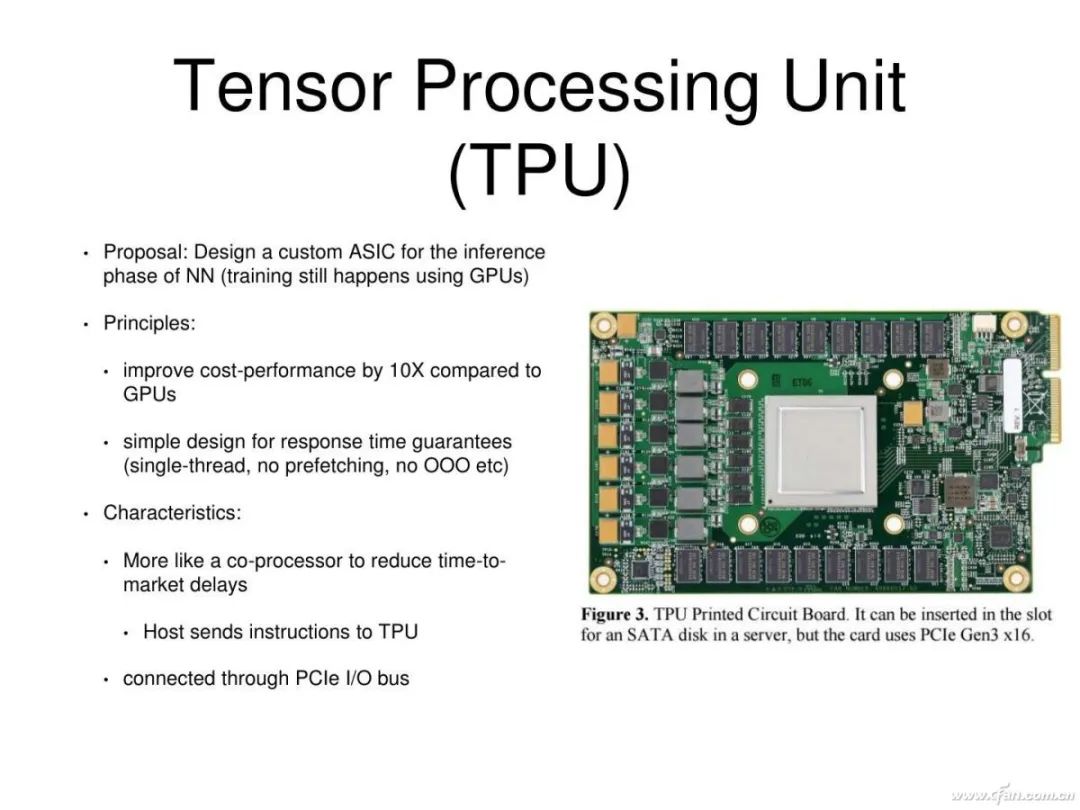
VPU: Vector Processing Unit is an AI acceleration core used for image processing, primarily for autonomous driving and obstacle avoidance in cars and drones, launched by Movidius, which has now been acquired by Intel. Additionally, early ATI and NVIDIA competitors, not wanting to use the name GPU, also named their 3D processors VPU (Video Processing Unit). Today, chips or related units responsible for video processing in products like smartphones and display devices are still referred to as VPU.
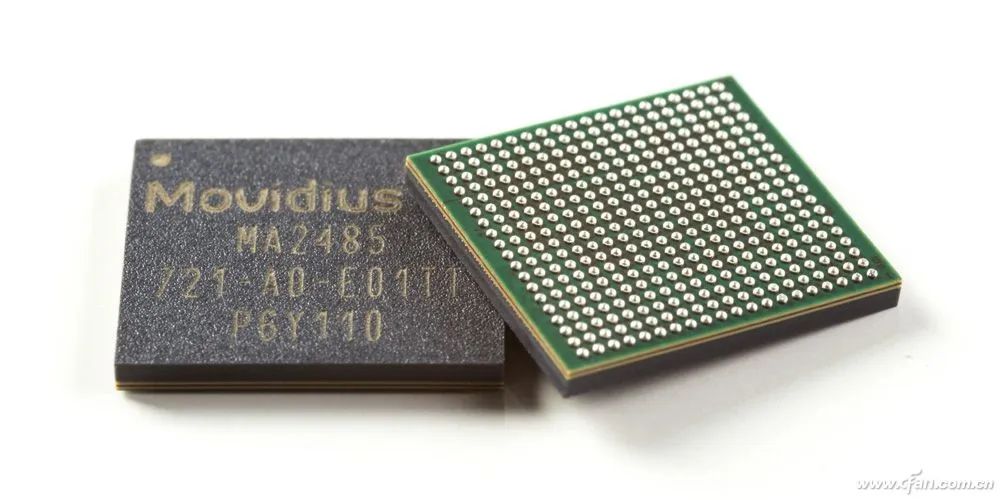
It should be noted that today we mainly discuss the meanings of these abbreviations in the consumer IT field; the same abbreviations may also be common in other fields, such as aircraft and other large machinery, where APU and EPU refer to Auxiliary Power Unit and Emergency Power Unit, respectively. Just be cautious not to confuse them.

After reading this article, you may also click:
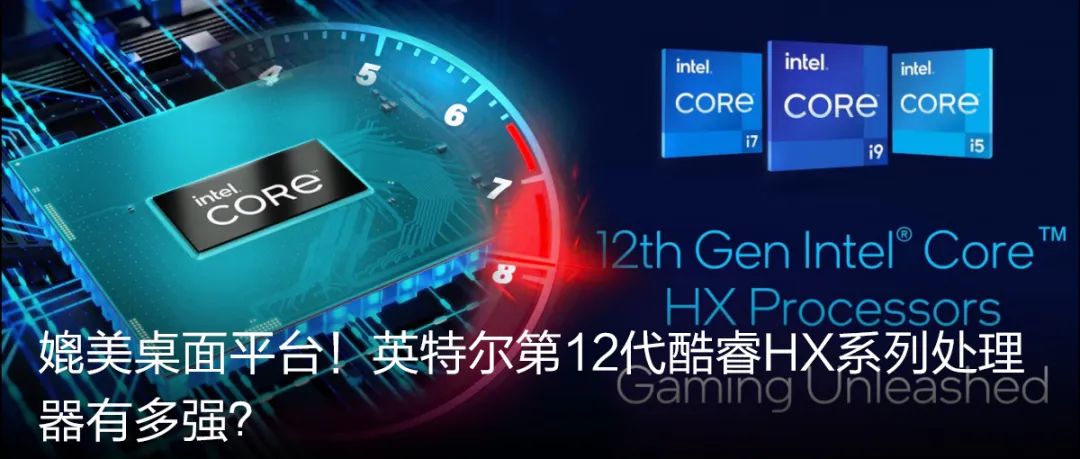

Click “Read the original text” to see more wonderful content